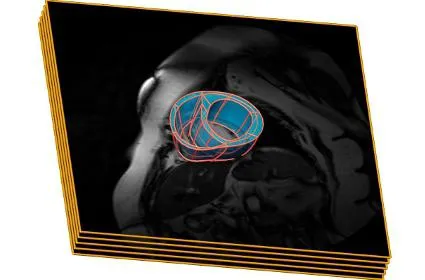
The KCL Computational Modelling Research group is focused on the development of biophysical models that provide the ability to link detailed experimental and clinical data to integrated function from sub-cellular to the whole organ level. In addition to recent advances in medical imaging our approach is underpinned by parallel developments in mathematical modeling, numerical methods and high performance computing. This computational progress has most recently accelerated the addition of multiphysics functionality to a range of cardiovascular models that, through a close collaboration with clinicians and medical physicists in the division, we are now focused on applying in the clinical contexts of patient selection and therapy optimisation.
As part of this work we have developed a range of computational techniques underpinning biophysically based cardiac model development. These techniques have been implemented to create specific models to provide insight into soft tissue mechanics, perfusion and electrical activation.
The goal of this work is to capture the multifactorial cause and effect relationships that typically link the disease mechanisms. To assist with treatment decisions, these models are used to derive of quantities that cannot be imaged but often play a key mechanistic role in disease such as tissue stress and pump efficiency.
Examples of specific projects in this area include:
- Developing electromechanical models of cardiac resynchronization therapy.
- Modeling fluid mechanical pump function in heart failure
- Predicting coronary perfusion and optimization of image acquisition
- Non-invasive parameter estimation using clinical data of wall stiffness and fluid pressure
A significant long-term goal of this work is to support a paradigm shift away from predefined clinical indices determining treatment options and a move towards true personalisation of care based on an individual’s specific physiology.